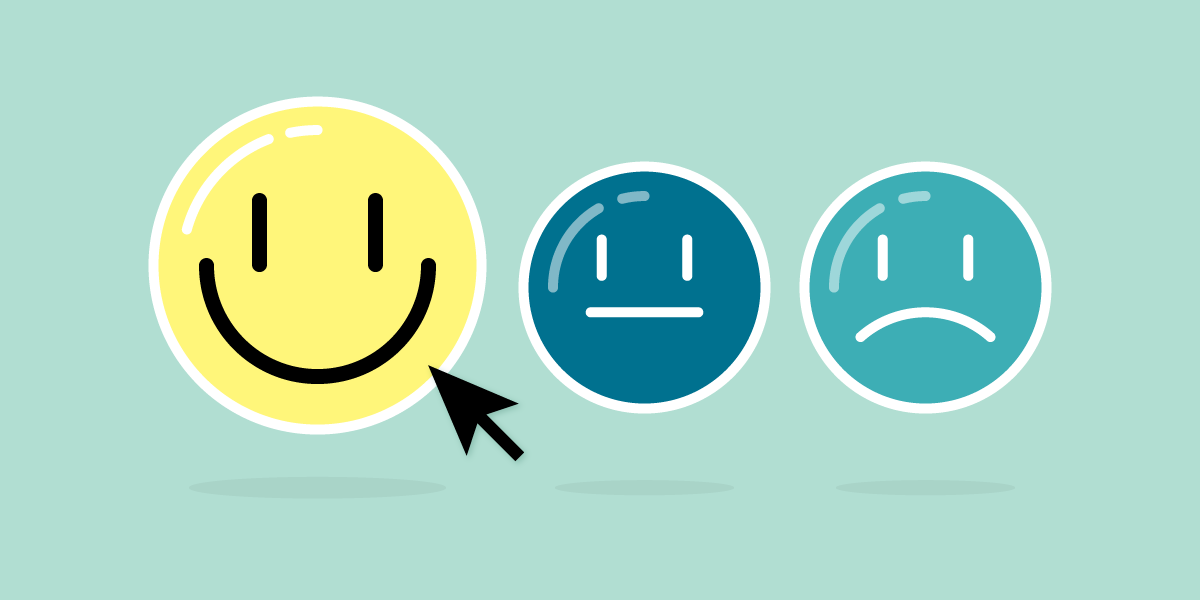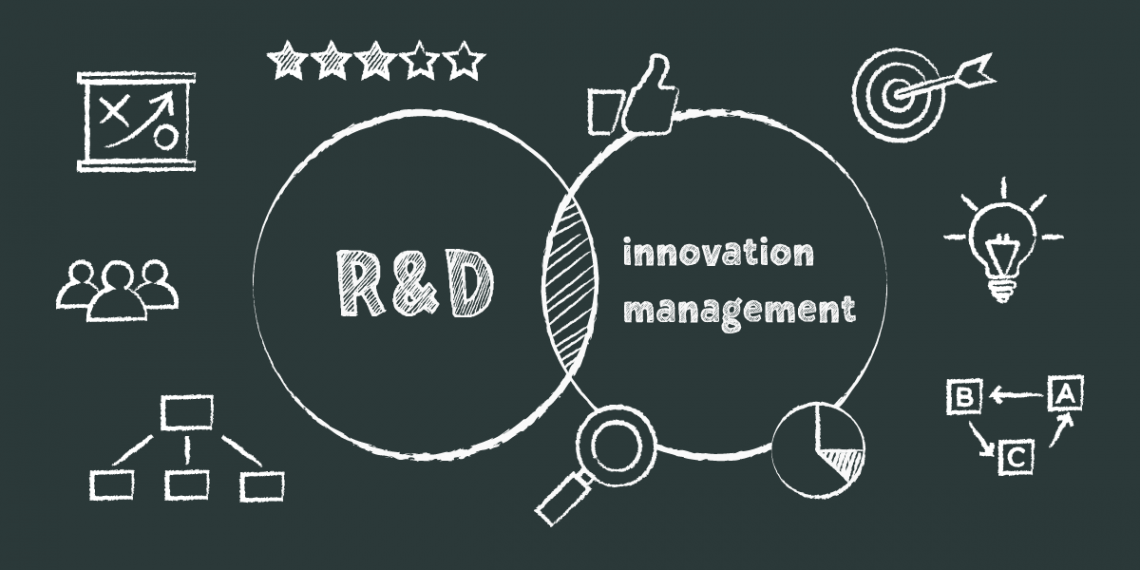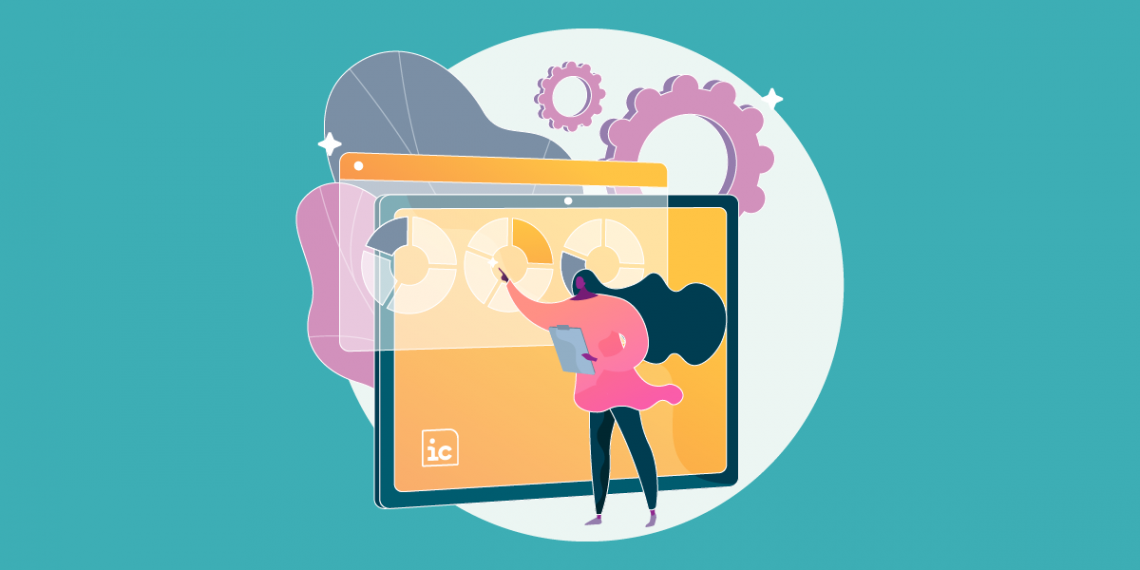Even the most amazing innovations sometimes fall short because of the negative customer experience. Paying attention to each and every touchpoint along the journey will not only secure your innovation success but will benefit your business on many different levels.
What is the customer experience?
Customer experience starts way before the purchase of the product or services your business has to offer. It is a holistic understanding that every customer creates of your business. It is a complete picture of your brand and/or business that your customer creates throughout a series of direct or indirect interactions with your business. It is their perception, a subjective and internal response to everything they come across that has to do with your business. And it is one of the most important elements of a successful business.
How does customer experience affect your business?
86% of customers are willing to pay more for a better customer experience. – Hubspot
A positive customer experience results in satisfied and, later on, loyal customers. Word-of-mouth is a powerful and far-fetching “tool” in the customer experience. Negative word-of-mouth has a few times stronger effect than the positive one. Customers like to rely on experiences and reviews of their family members, friends and other customers because they find them to be more honest than typical advertising campaigns.
60% of customers say that they trust the reviews of their family members, friends and other customers when learning about a new product. – Hubspot
The end result of every customer experience should be satisfaction. Satisfied customers are more likely to repeat the purchase and share their positive experiences with others. They are more likely to try out a new product your business has launched. Satisfied customers are the ones who create emotional bonds with your business and become loyal. Customer retention is a direct result of satisfied customers.
73% of customers agree that the customer experience drives their buying decision. – PWC
Positive customer experience increases revenue, fuels innovation and drives business growth. Identifying all touchpoints throughout the customer experience and improving them should be of the essence.
Businesses that focus on customer experience have reported 80% increase in revenue. – Forbes
Customer Relations Management VS. Customer Experience Management
These two are closely linked and intertwined with the ultimately same goal - a happy and loyal customer. Customer Relations Management refers more to a business’ view of the customer- purchase history, personal data, returns, inquiries and so on. On the other hand, Customer Experience Management deals with how the customer perceives the business. CEM is an integral part of CRM. Customer service is yet another different segment, but also a vital part of the overall customer experience and customer relationship management.
Every business should work on improving every touchpoint and interaction their customers are experiencing along their journey in order to create a longer, more prosperous and loyal relationship with them. These touchpoints represent the moments when customer’s expectations matched their experience. If you succeed in exceeding their expectation, you are doing a great job! The customer is more likely to come back because of the positive experience. The only setback that can occur over time, if you do not continue improving these touchpoints and your products and services, is that customers get used to higher standards, and after a while consider them as the norm.
Example:
Free parking, Wi-Fi, minibars and AC, spa centers, were all considered to be the cherry on top that exceeded expectations of a guest. Over time, guests got quite used to these conditions and started considering them the new norm. So now, a hotel must come up with new ways of exceeding guests’ expectations and creating that ‘’WOW’’ experience.
Managing key points of dissatisfaction
The most common problems and the main sources of dissatisfaction are:
-
Waiting too long
-
Negative support
-
Difficult purchase process
-
Customer security concerns
-
Rude personnel at any touchpoint
-
Neglected feedback/inquiries
-
Too much automation






